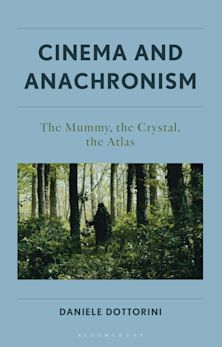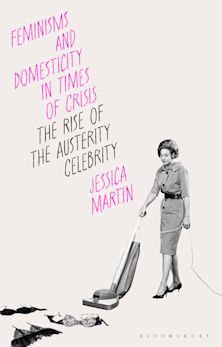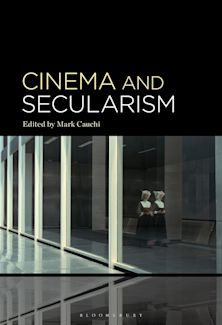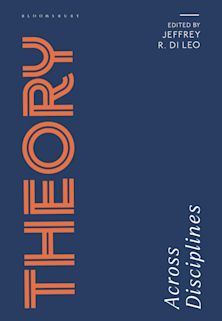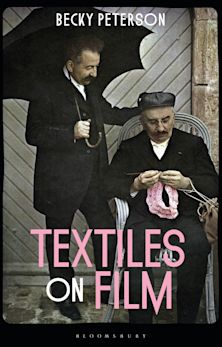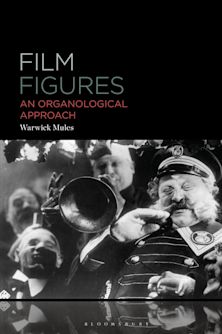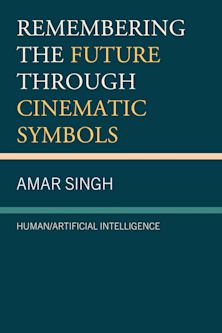- Home
- ACADEMIC
- Film & Media
- Film Theory
- Stillmoving
Stillmoving
Payment for this pre-order will be taken when the item becomes available
- Delivery and returns info
-
Flat rate of $10.00 for shipping anywhere in Australia
You must sign in to add this item to your wishlist. Please sign in or create an account
Description
This two-volume work explores a static long take, termed a still Einstellung, as well as coexistent still and moving imagery by Lumière, Welles and the MPEG compression codec, to contemplate the kind of image it generates.
Jon Inge Faldalen's volumes are a theoretical exploration of the concept of Einstellung. The author keeps the original German term, capitalizing on the ambiguity inherent in this type of image phenomenon; in this case, the long take, or at least a continuous unbroken take, effected by an immobile camera whose captured content could potentially contain perceptible movements produced by entities within the composition framed. The author embraces neologisms in order to capture specific aesthetic-technical phenomena more accurately than has hitherto been possible.
Stillmoving I is a theoretical exploration of the concept of Einstellung. The author asks whether this image is a still image, or a moving image, or both, or neither, or, finally, what Faldalen terms stillmoving. Underlying these deliberations is the question of how cinema represents or mediates stillness. It unfolds over three chapters that examine the concept of still Einstellung in relation to slow cinema scholarship throughout the last two decades, in relation to approaches referred to as stillmoving scholarship, and in relation to reflections and shadows.
Stillmoving II continues the work of the first volume, exploring the concept of Einstellung through a small set of specific case studies, including Louis Lumière's Quai de l'Archevêché (Lumière operator, 1896), André Bazin's analysis of the kitchen scene in The Magnificent Ambersons (Orson Welles, 1942), and James Benning's Stemple Pass (2012), as well as what the author calls “digital imagenesis,” which concerns the MPEG compression codec.
Table of Contents
Acknowledgments
Ten theses learnt from a foundational figure of style
Introduction: Still Einstellung
Interlude: Einstellung
1. STILL STILL AT STAKE: FROM SLOW CINEMAS TO A STILL CINEMA
Still Einstellung In Slow Cinema Scholarship (2000-2020) – And What Is Still At Stake?
2. A BOTH/NEITHER BENEATH BETWEENS? FROM STILL MOVING TO STILLMOVING (Part 1)
Still Einstellung In Still Moving Scholarship (2000-2020) – And What Is Still At Stake?
3. STILL EINSTELLUNG: STILLMOVING IMAGENESIS (DISCOURSE, 2014) A First Contribution
Index
Stillmoving II
Acknowledgements
Foreword: Disarming of the Eye-And Camera
(Still) Einstellung And/As Ethics Of Recognition
1. A BOTH/NEITHER BENEATH BETWEENS? FROM STILL MOVING TO STILLMOVING (Part 2)
Still Einstellung In Still moving Scholarship (2011-2020) – And What Is Still At Stake?
2. THE FIRST EINSTELLUNG OF FILM WAS STILL
Louis Lumière And Film Frames That “Coincide Exactly” And Are “Rigorously Identical”
Case Study I: Quai de l'Archevêché (Lumière Operator, 1896) Early Contemplative Film
3. AS IF SWADDLING STILLNESS: WHAT CINEMA IS AS WELL
Case study II: The Magnificent Ambersons (Orson Welles, 1942) André Bazin And “The Immobility Of The Sequence Shot”
The Magnificent Ambersons Beyond Bazin
Conclusion: STILLMOVING – A DIFFERENT KIND OF IMAGE
Case Study III: The MPEG Compression Codec
Index
Product details

| Published | 02 Apr 2026 |
|---|---|
| Format | Hardback - Pack |
| Edition | 1st |
| ISBN | 9798765129012 |
| Imprint | Bloomsbury Academic |
| Illustrations | 78 bw illus |
| Dimensions | Not specified |
| Series | Thinking Media |
| Publisher | Bloomsbury Publishing |
About the contributors
Reviews
-
Theoretically ambitious and analytically astute, the two volumes of Stillmoving represent a major work of film theory. Bristling with sharp observations, the books demonstrate a remarkable range through their engagements with filmmakers from Louis Lumière to James Benning. Through their impressive scope, persistent inquisitiveness and richly fraternizing attitude toward the history of film theory, the volumes promise to be an indispensable contribution to the tradition of serious cinema scholarship.
Asbjørn Grønstad, Professor of Visual Culture, University of Bergen, Norway
-
What do we see, what do we perceive in aesthetic practices of moving images?
Faldalen's two volumes courageously propose new terms for the processes of perception: Stillmoving and Imagenesis. While Stillmoving reflects the ongoing movement in a still, Imagenesis reflects the kind of image that rises from a stillmoving shot. With this conceptual framework, Faldalen unlocks new views and readings of major filmic, as well as digital, work – challenging both former notions and readings of film theorists like Balàzs and Bazin and artistic works from William Wyler to James Benning.Gertrud Koch, Professor emerita, Freie Universität Berlin, Germany, and Brown University, USA
















